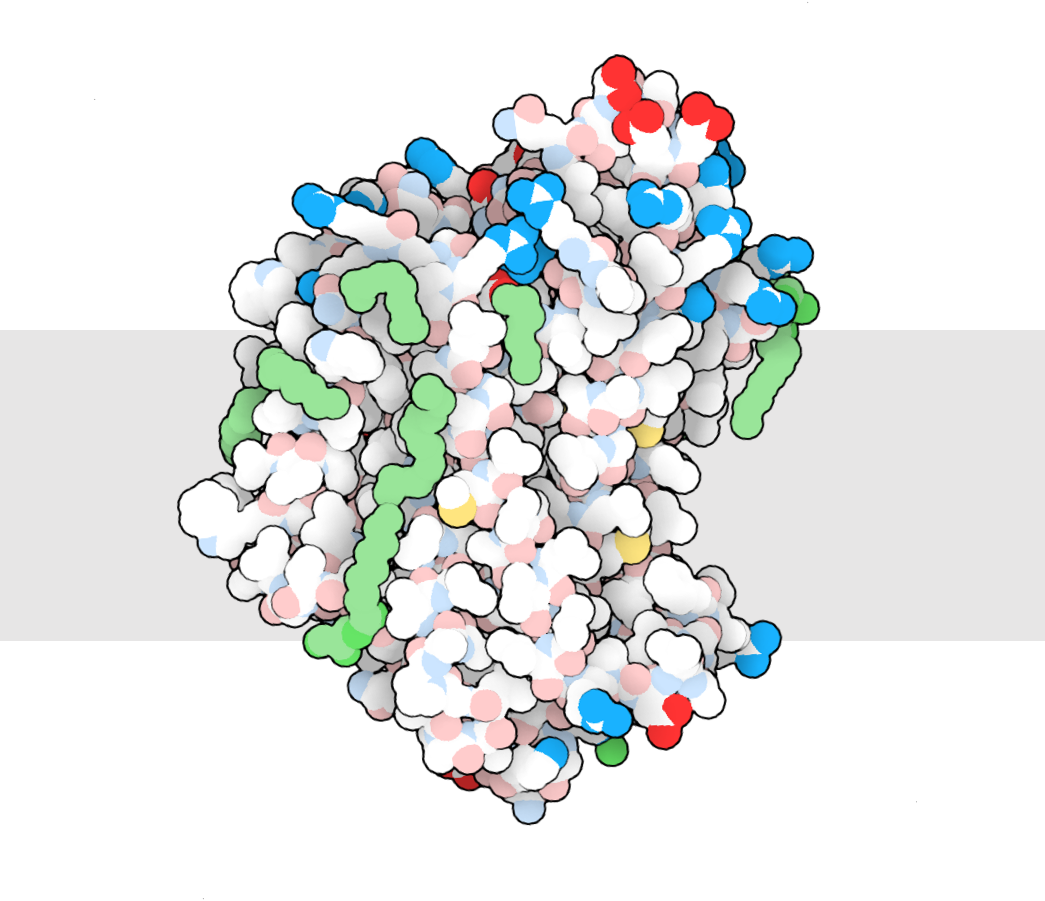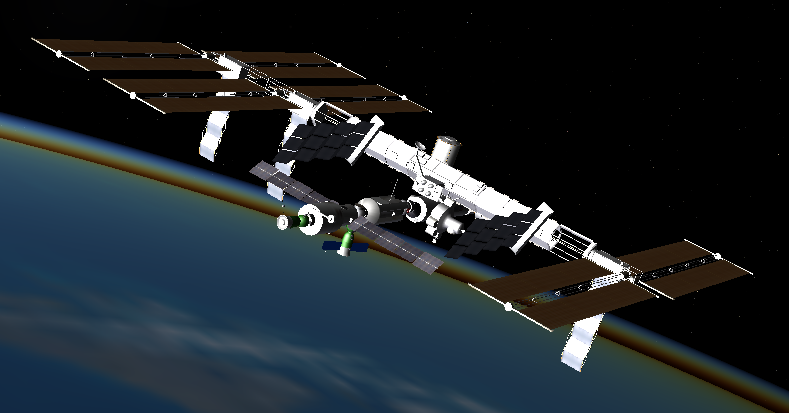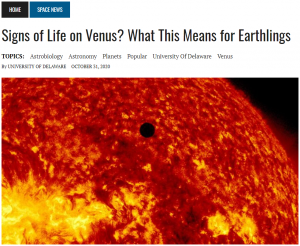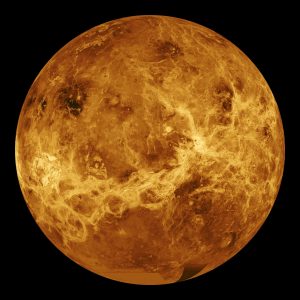Have you ever thought there are extraterrestrial life? Or have you ever imagined the possibility of humans reaching planets outside of the Earth to live? Recently, a microorganism that might be a key to the questions above have been investigated and it is Deinococcus radiodurans (D.raiodurans).
Panspermia Hypothesis
Panspermia hypothesis comes from greek word pan meaning all, and sperm meaning seed, hypothesizing that the life on Earth originated from “seeds” of lives being transported into Earth from space. However, in order to support this, there has to an evidence of organism that can tolerate extreme conditions such as radiation and temperature, of outer space.
Panspermia hypothesis – Microorganism from outer space into the Earth by Silver Spoon Sokpop
Discovery of D.radiodurans
Discovery of D.radiodurans date back to 1956. A researcher named Arthur W.Anderson attempted sterilizing canned food with gamma radiation. However, he found out that the food was still spoiled, indicating survival of bacteria even in high radiation. This bacteria that survived was D.radiodurans. The intensity of radiation is measured unit Gray(Gy). 5 Gy of radiation kills humans, 200-800 Gy kills E.coli, but D.radiodurans was able to survive under 5000 Gy of radiation. Radiations damage cells by breaking DNA apart, but D.radiodurans has multiple features that helps recovery in this process. First is that it has multiple copies of genome, unlike many others that usually only have one. This allows D.radiodurans to use its multiple genomes has “back-up” to recover its destroyed genome. Second is that it has recovery proteins that repairs the damage in DNA much faster than repair proteins in other organisms. Lastly, D.radiodurans has manganese to protect itself from oxidative damage done by radiation and nitric oxide to facilitate cell growth after DNA repair.

Protein Structure Image of D.rdiodurans by Samuel.P. Berry
D.radiodurans in Space
With ability of D.radiodurans to withstand harsh conditions known, scientists decided to test whether it can survive in space as well. Therefore, D.radiodurans was exposed to space environment outside of International Space Station (ISS) for a year. The result was truly shocking. About 10% of the sample D.radiodurans survived without any morphological damage. Instead, survived D.radiodurans samples had multiple vessels on its surface, had their repair mechanism triggered, and increased abundance of mRNA and proteins responsible for rapair, regulation, and transportation functions in the cell. This showed that D.radiodurans was able to adapt to harsh conditions of the space for its survival.

Image of ISS in Space by Blobbie244
Significance of this Finding
Going back to the discussion about the “seeds” in panspermia hypothesis, D.radiodurans became strong candidate for the organism that can serve as “seed” in the theory. Not only that it supports the hypothesis about the origin of the lives on Earth, it also suggests some future applications. That is, terraformation. Terraformation, or terraforming is known as process of changing any celestial body (such as other planets or moon) into habitable envrionment for human beings. Many scientist believe sending microorganisms that can survive in conditions of the target planet will be starting steps of terraformation. Therefore, D.radioduran, being able to survive in environment of Mars, is now one of the most promising candidate for starting agent of Mars terraformation.

Mars Terraformation Steps Imaged by Daein Ballard
– Tae Hyung Kim



